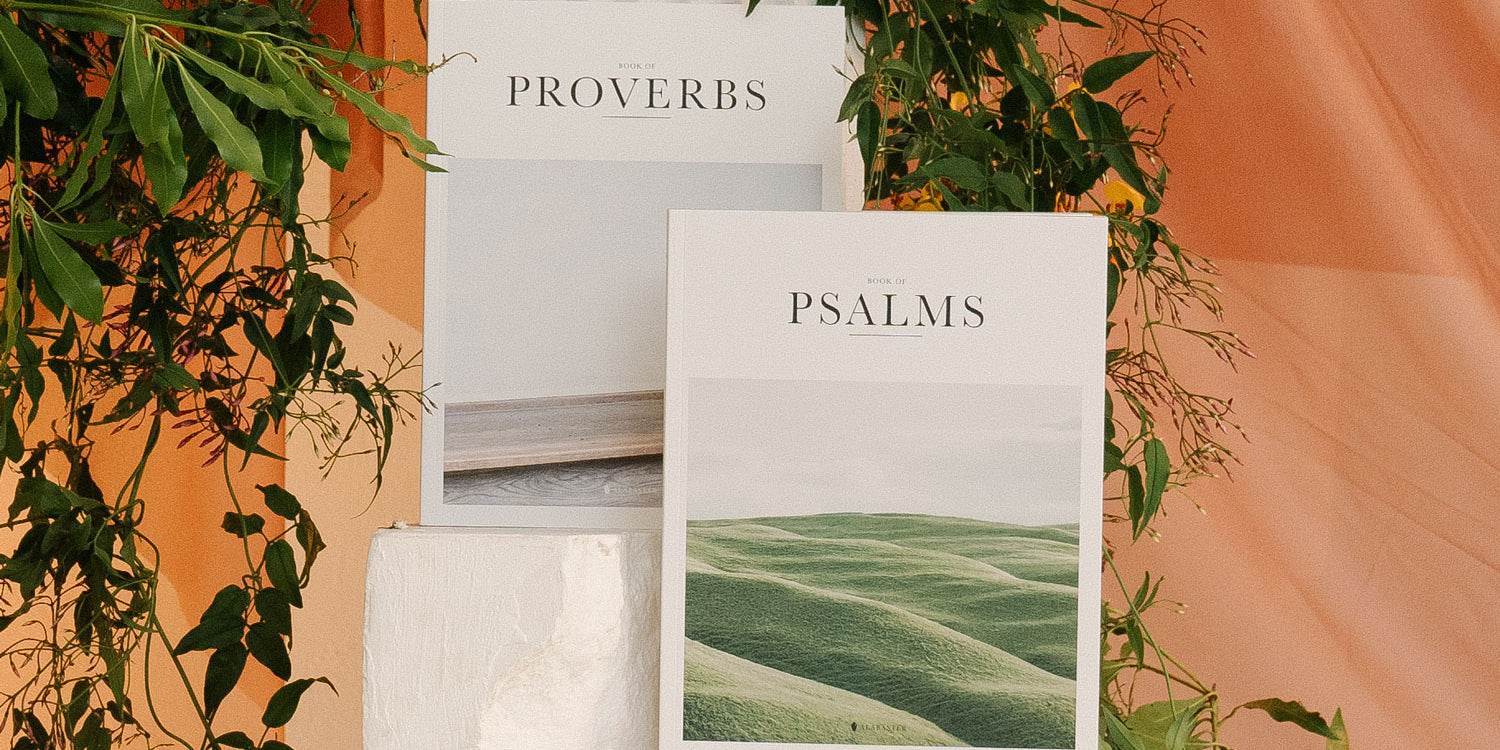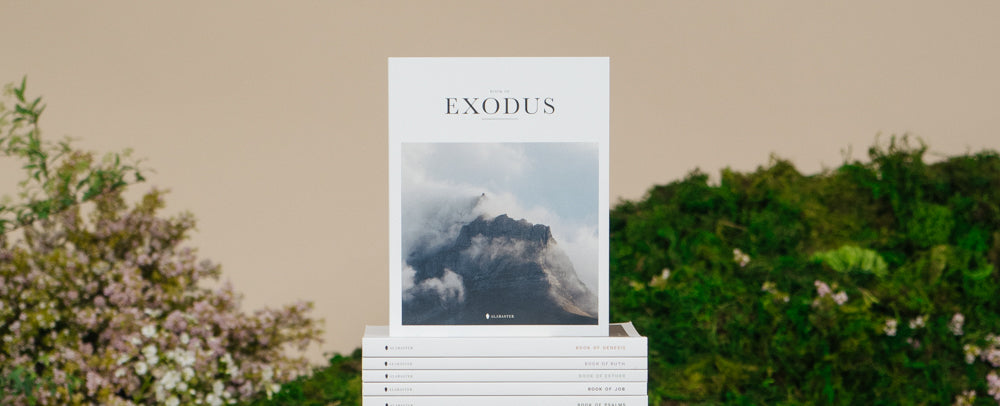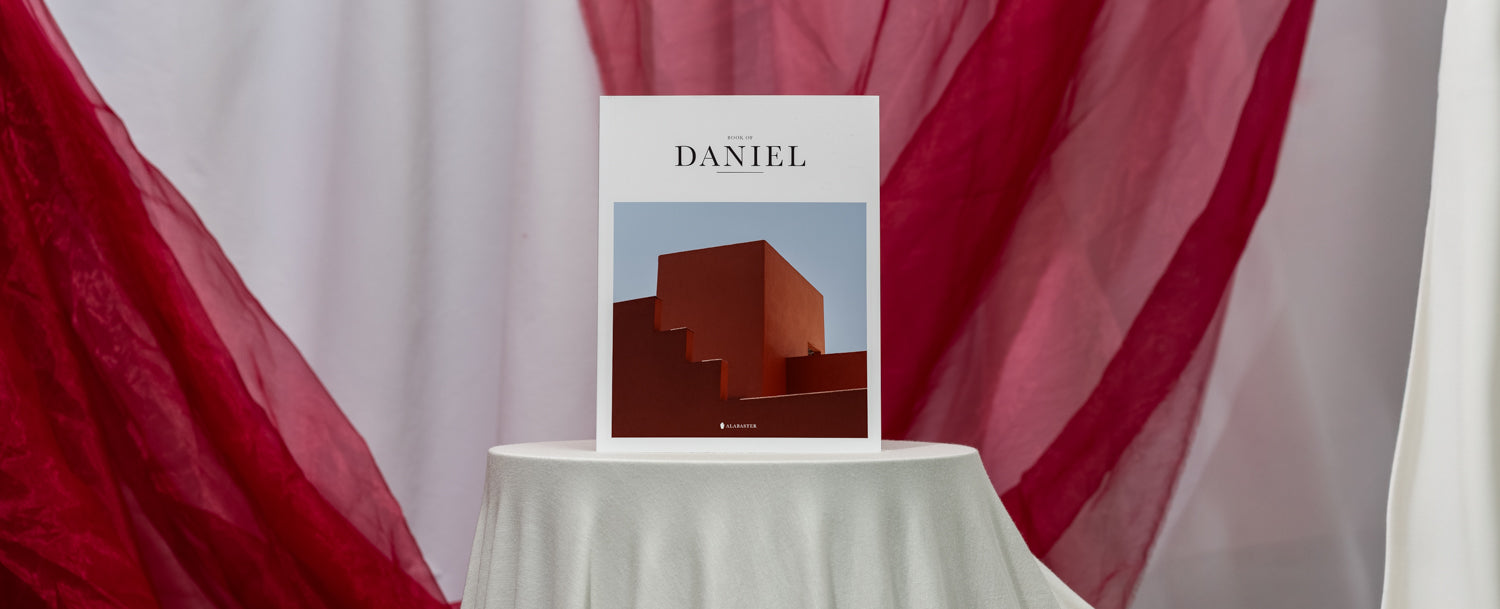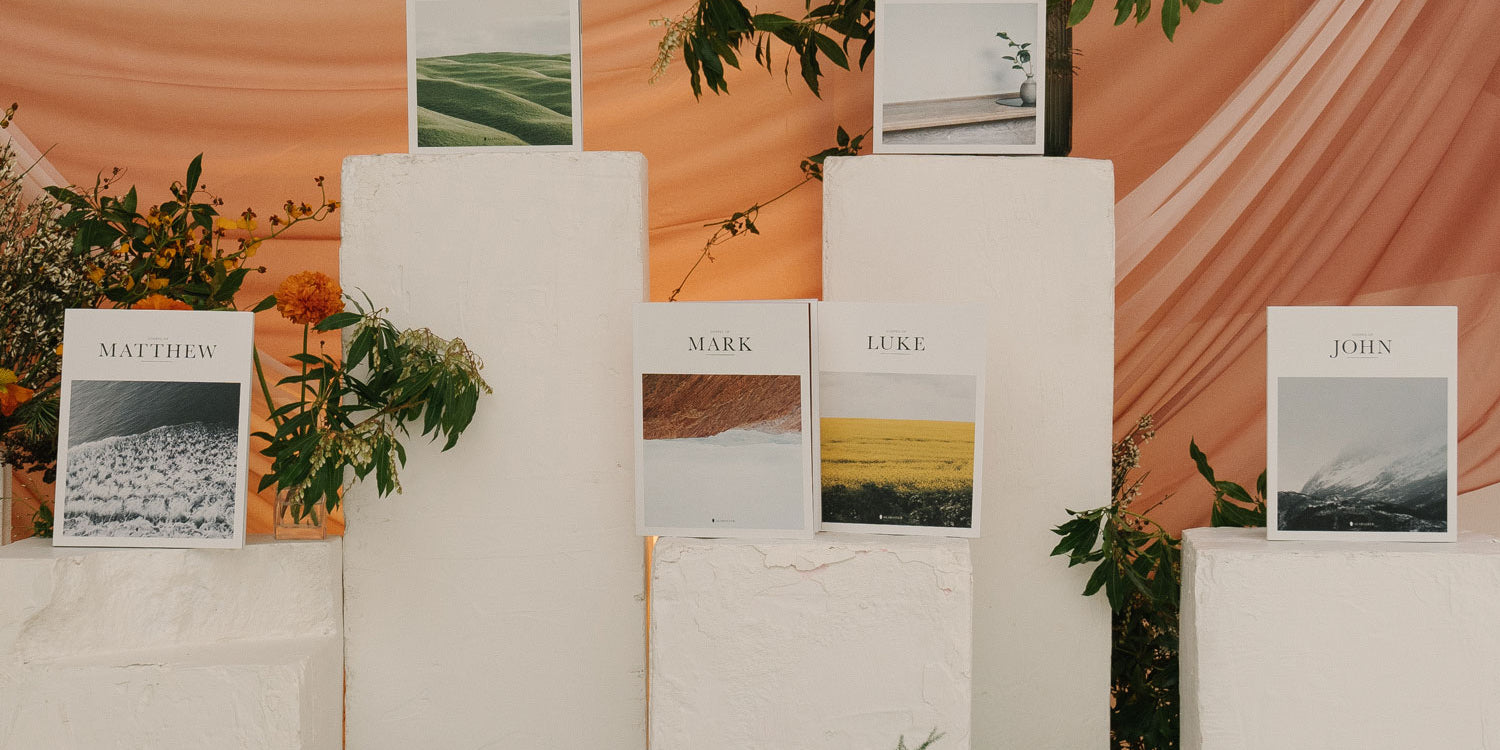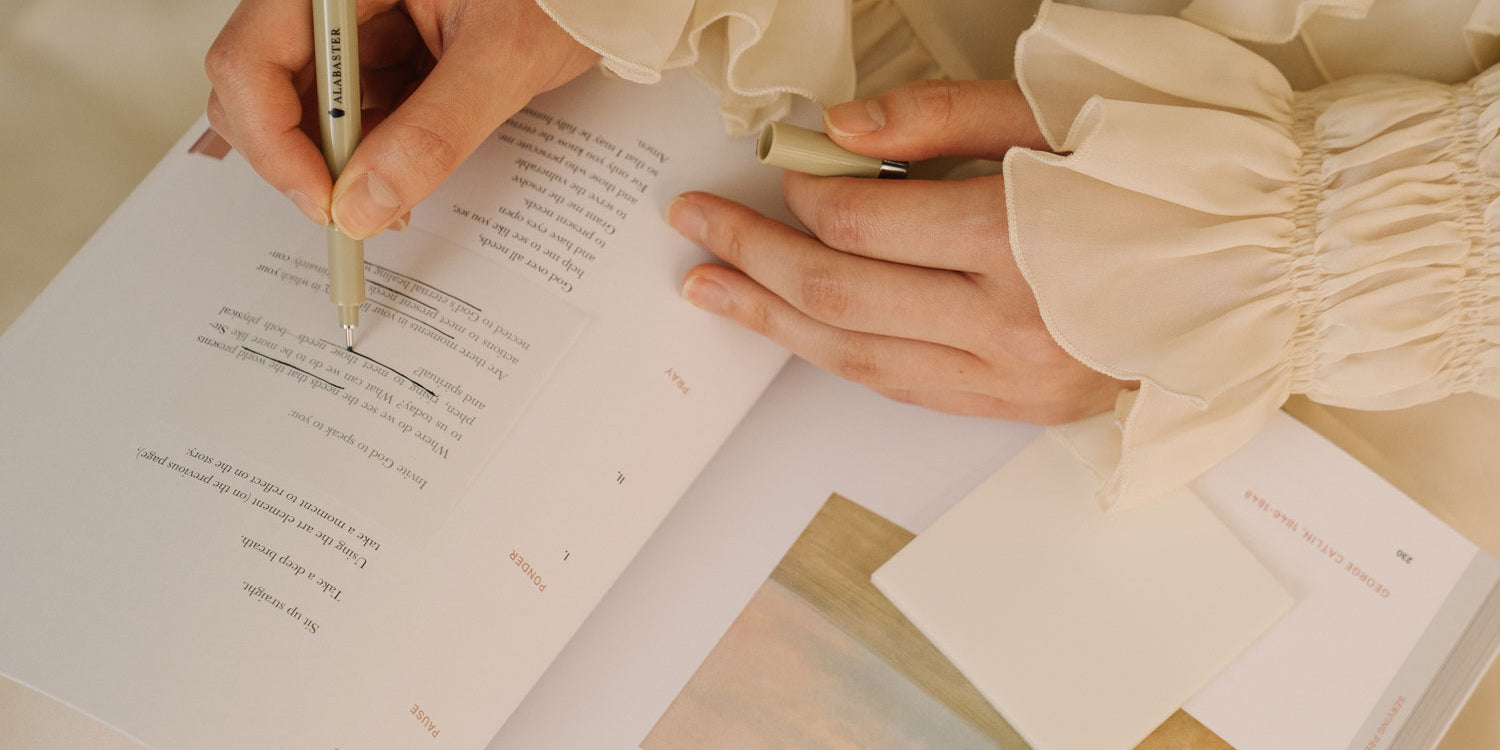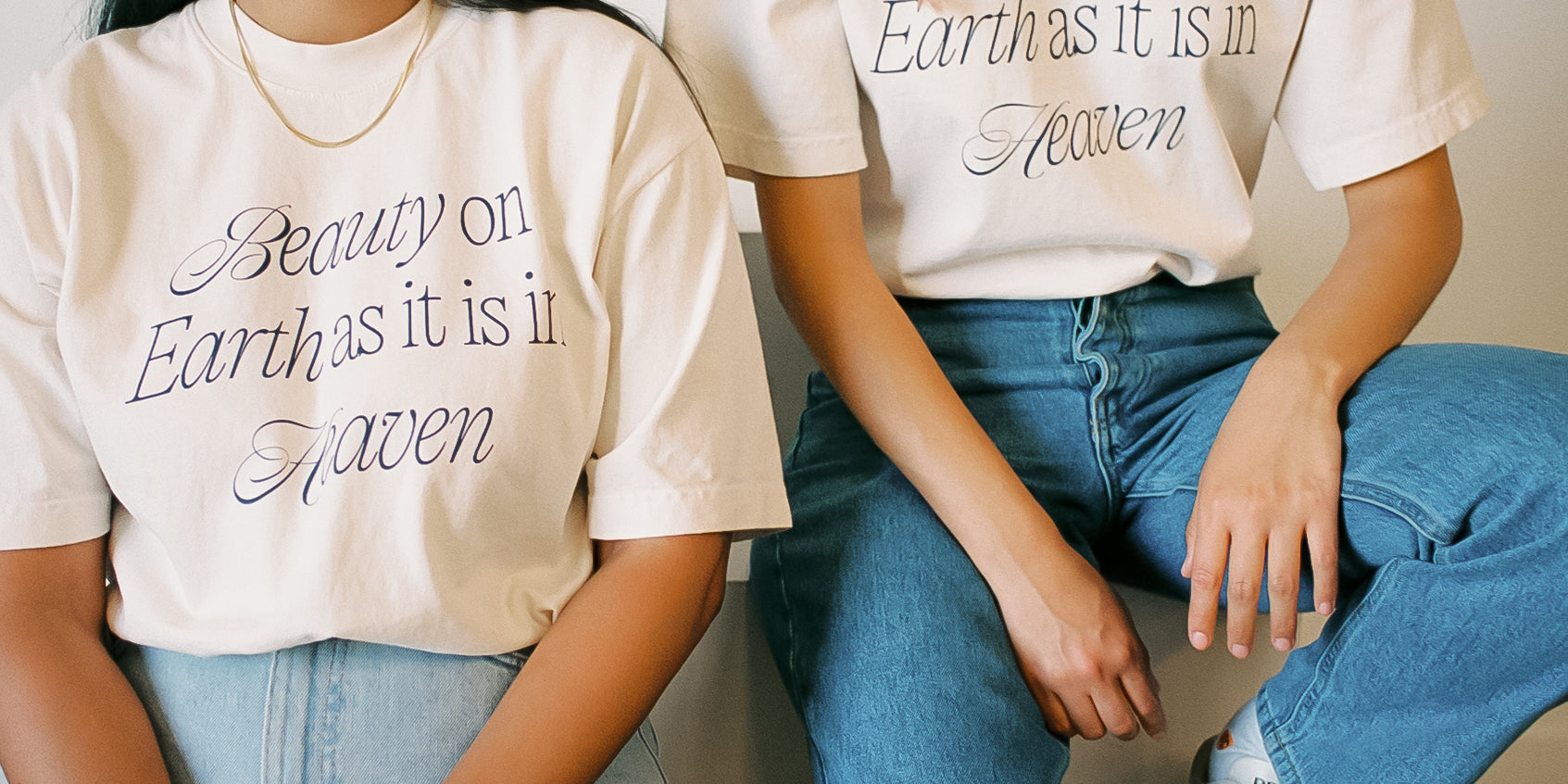I. In the beginning was a creative process. The void was given shape. The emptiness filled. The Spirit of God hovered over everything.
First, Creator made the artistic mediums: time, sky, water and earth.
Then, Creator filled them: stars, trees, grass, fish, birds, the things that crawl - the Creator made things that create.
The first art was generative, and it was good.
II. Humans were made. In the Creator's image we were made. Imago Dei.
We were invited into the creative process of the Trinity:
“Now the Lord God had formed out of the ground all the wild animals and all the birds in the sky. He brought them to the man to see what he would name them; and whatever the man called each living creature, that was its name.” (Genesis 2:19 NIV)
III. And it was very good.
IV. In 1932 Marguerite Brunswig Staude saw the Empire State Building and decided to build a church. A modern church. One that integrated classical cathedral stylings with modern design.
She tried to build one in Budapest - the outbreak of WWII stopped her.
She tried to build one in Los Angeles - the Diocese of Los Angeles didn’t want it.
The dream was on hold.
In the early 1950’s Marguerite Brunswig Staude (now married and living in Arizona) was on a plane ride over Sedona. And the dream came back. She found the perfect spot, and with the help of the U.S. Government and an architecture firm from San Francisco work began on the Chapel of the Holy Cross.
V. Chapel of the Holy Cross was completed in 1956. Marguerite donated it to the Roman Catholic church under one condition: that no formal services be held in the building.
“She wanted the chapel to be a place to pray, reflect and find God through the beauty of art.”[1]
In the beginning was a creative process that humanity was invited to participate in. Today we wrestle with how that plays out practically in the real dirt, sweat and blood of creation.
The Chapel of the Holy Cross in Sedona, AZ and the struggle of Marguerite Brunswig Staude stand as an example of what it could look like to integrate beauty, faith and creation.
Not fully, or totally, but in a mirror dimly lit.
When we live fully in our identity as co-creators, co-labors and co-participants in the unfolding Kingdom of God we step closer to life as God intended. The result is beauty.
Buildings like Chapel of the Holy Cross testify to this and stand at the intersection of stewardship, beauty and worship - inviting us forward, deeper into participation with our Creator.
Words—Geoff Gentry
Photos—Bryan Ye-Chung
Explore more sacred places with our look at Grundtvig's Church in Copenhagen, or The Los Angeles Cathedral.
1.http://www.womensheritagetrail.org/women/MargueriteStaude.php
2. http://sedonadrivetours.com/3-chapel.htm

